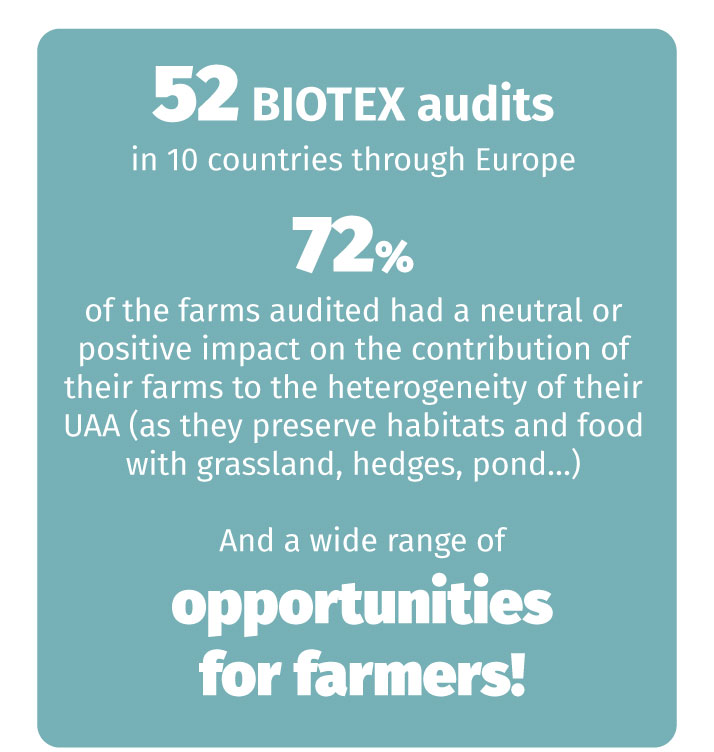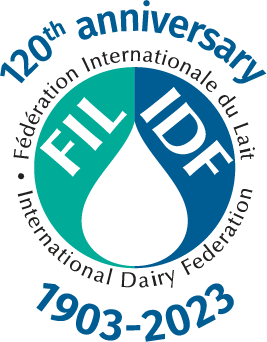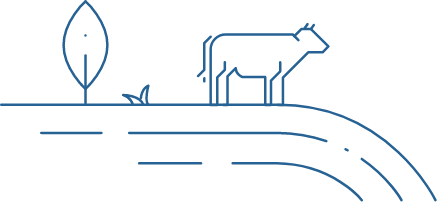Share this page
Maintaining and enhancing biodiversity on dairy farms – the eurodairy project
From consumer expectations to opportunities for the dairy sector, the biodiversity issue is a growing challenge for farmers, but the question remains, how to deal with it?
Alignment with SDGs
AUTHOR
Ashley Rosales, Kristal Shelden, Megan Holdaway, Shannan Young, Tracy Mendez Dairy Council of California, Sacramento • USA
Abstract
The EuroDairy programme aimed to develop a network of farmers, advisers and stakeholders to improve the viability and sustainability of milk production in Europe. The biodiversity issue is crucial for dairy farmers as they have a particular role to maintain habitats and food to ordinary biodiversity through grasslands and agroecological infrastructures (hedges, ponds, …). Moreover, this issue is both important for consumers whose interest is growing, and for farmers that rely on biodiversity development, through ecosystems benefits for production for example. To support its network, EuroDairy aimed to identify current practices and opportunities to favour ordinary biodiversity development on their territory.


Introduction
The objective of EuroDairy was to develop a common method to assess biodiversity on dairy farms to highlight the positive impact of the farm on its territory and to develop virtuous practices. Based on this biodiversity assessment tool (BIOTEX developed by the French Livestock Institute IDELE), it was then possible to disseminate these results in Europe.
First, an agreement between the EuroDairy members was made on a common method and definition of biodiversity (a focus on ordinary biodiversity, choice of indirect indicators, analysis of the territory, farm and plot scale). Then, 52 BIOTEX biodiversity assessments were done in 10 European countries. Each farm received an individual report of its impact and its potential improvement levers. Moreover, 12 case studies were prepared to present different approaches and opportunities for European farmers. All these results and analyses (reports, research and policy recommendations, case studies…) were disseminated with presentations, discussions, workshops, videos and webinars through Europe.
The EuroDairy program is a solid working frame that helps dairy farmers progress their biodiversity impacts.
Ronan Lasbleiz Tweet
History of success
This programme helped to develop and to test through Europe a strong biodiversity assessment method which is science based, easy to use, understandable by farmers and based on indirect indicators with a link between the farm and its area. Training materials on the method were prepared, and the first results showed that it was an effective method to address the biodiversity issue with farmers to discuss the different levers and opportunities. The workshops and the exchanges with farmers also highlighted that biodiversity is a growing issue for the whole dairy sector. Therefore, there is a significant need for usable and understandable methods and tools to progress together.
Thanks to the EuroDairy program, the dairy sector was able to develop a strong method and a tool that support the action of dairy farmers to make progresses regarding the biodiversity issue. Based on this experience, it is now more feasible to disseminate a biodiversity program for farmers. Thus, the main beneficiaries are first the farmers but also, more globally, the organisations that want to rely on a solid working frame to improve its impact on biodiversity and to value the efforts. Consequently, the long-term objective was to support the appropriation of the biodiversity issue by dairy farmers.


Moving the wheel
Through this programme, we saw that this work on a method, a tool and the analysis of the best practices meets the citizen expectations and the farmers’ daily work. Now, to move towards a general appropriation of the biodiversity issue, it is important to support the dairy sector organisations (farmers associations, companies, cooperatives…) when they plan to work on biodiversity improvement. Moreover, to strengthen this deployment, the inclusion of non-dairy organisations is also necessary, like local authorities, environmental associations or local communities around territory project. Supported by these stakeholders, the consistency of the projects will be stronger.
Further information
can be found on the EuroDairy biodiversity page and on the BIOTEX tool.






